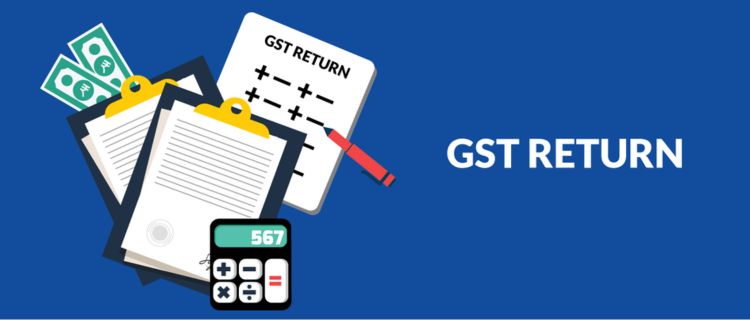Goods and Services Tax (GST) is a crucial aspect of the modern tax system, designed to simplify and streamline taxation in India. One of the key components of GST compliance is filing various types of GST returns. In this comprehensive guide, we will delve into the different types of GST returns under the GST law, explaining each subheading in simple language to ensure a thorough understanding.
Overview of GST Returns:
types of GST returns are documents that a taxpayer needs to file with the tax authorities to report their income, expenses, and other relevant information for a specific period. The returns help the government assess tax liability, ensuring transparency and preventing tax evasion.

Types of GST Returns:

GSTR-1: Outward Supplies
- GSTR-1 is a return that captures details of outward supplies made by the taxpayer. It includes information on sales, exports, and any other supplies made during a specific period. This return is crucial for the recipient to claim input tax credit.
Explanation:
- What to Include in GSTR-1: Provide a detailed breakdown of your sales, including invoices issued, credit notes, and debit notes. Include exports and any other supplies.
- Frequency of Filing: GSTR-1 is generally filed monthly, but small taxpayers can opt for a quarterly filing.

GSTR-2A: Auto-Drafted Inward Supplies
- GSTR-2A is an auto-generated return that compiles information on inward supplies based on the data filed by your suppliers in their GSTR-1. It serves as a reference for matching and claiming input tax credits.
Explanation:
- Understanding Auto-Drafted Data: GSTR-2A is automatically populated with data from your suppliers’ GSTR-1. Check this data for accuracy.
- Matching and Reconciliation: Cross-verify the information in GSTR-2A with your purchase records. Any discrepancies should be rectified through communication with your suppliers.
GSTR-3B: Summary Return
- GSTR-3B is a simplified return where taxpayers summarize their sales and purchases and pay the tax liability. It is crucial for provisional assessment and ensuring regular compliance.
Explanation:
- Components of GSTR-3B: Provide a summary of your outward and inward supplies, claim the input tax credit, and pay the tax liability.
- Due Dates and Penalties: GSTR-3B is generally filed monthly by the 20th of the following month. Late filing attracts penalties, so it’s essential to adhere to deadlines.
GSTR-4: Composition Scheme
- GSTR-4 is designed for taxpayers opting for the composition scheme. This scheme is for small businesses with a turnover up to a specified limit, allowing them to pay tax at a fixed rate.
Explanation:
- Eligibility for Composition Scheme: Small businesses meeting the turnover criteria can opt for the composition scheme.
- Details in GSTR-4: Provide a summary of turnover and tax payable. This return is filed annually.
GSTR-9: Annual Return
- GSTR-9 is an annual return that consolidates the details of inward and outward supplies, input tax credit, and tax paid during the financial year. It provides a comprehensive view of a taxpayer’s activities.
Explanation:
- Information Included: GSTR-9 requires detailed information on all transactions throughout the financial year.
- Reconciliation with Financial Statements: Ensure that the information in GSTR-9 matches your financial statements. Reconcile any discrepancies.
GSTR-9C: Reconciliation Statement
- GSTR-9C is a reconciliation statement that accompanies GSTR-9. It requires taxpayers above a certain turnover to get their accounts audited by a Chartered Accountant.
Explanation:
- Audited Financial Statements: GSTR-9C involves submitting audited financial statements along with a reconciliation statement.
- Role of the Auditor: The auditor certifies the correctness of the particulars furnished in GSTR-9 and ensures reconciliation with the books of accounts.
GSTR-10: Final Return
- GSTR-10 is the final return that a taxpayer needs to file when their GST registration is canceled or surrendered. It summarizes the financial position at the time of cancellation.
Explanation:
- When to File GSTR-10: File GSTR-10 within three months of the date of cancellation or surrender of GST registration.
- Details to Include: Provide details of stock held on the last day of business and any liabilities.
Conclusion:
Understanding the various types of GST returns is essential for seamless compliance with GST laws. By filing the right returns at the right time, businesses can contribute to a transparent and efficient taxation system. Regularly updating oneself on any changes in the GST framework is crucial for staying compliant and avoiding penalties. This guide aims to simplify the complex world of types of GST returns, enabling businesses to navigate the process with confidence.




